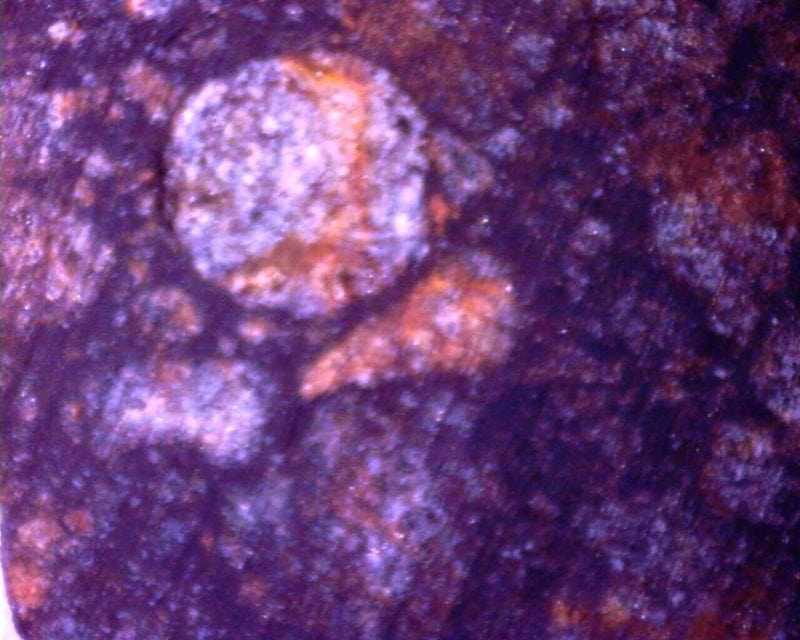Advanced Heterogeneous Catalysts For Size- And Shape-selective Reactions

Metal-organic frameworks (MOFs) are a unique class of porous materials constructed using metal nodes and organic linkers, they exhibit many noticeable features which make them…
Read more










